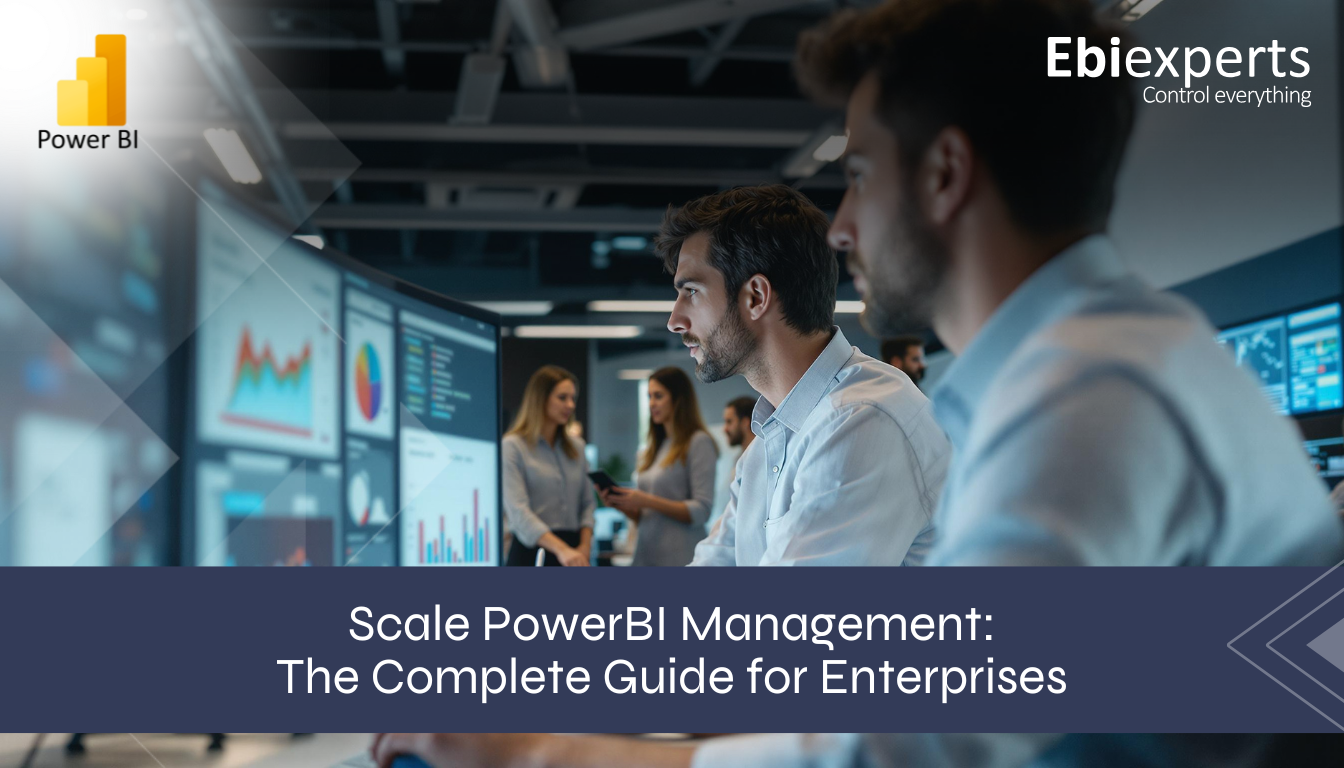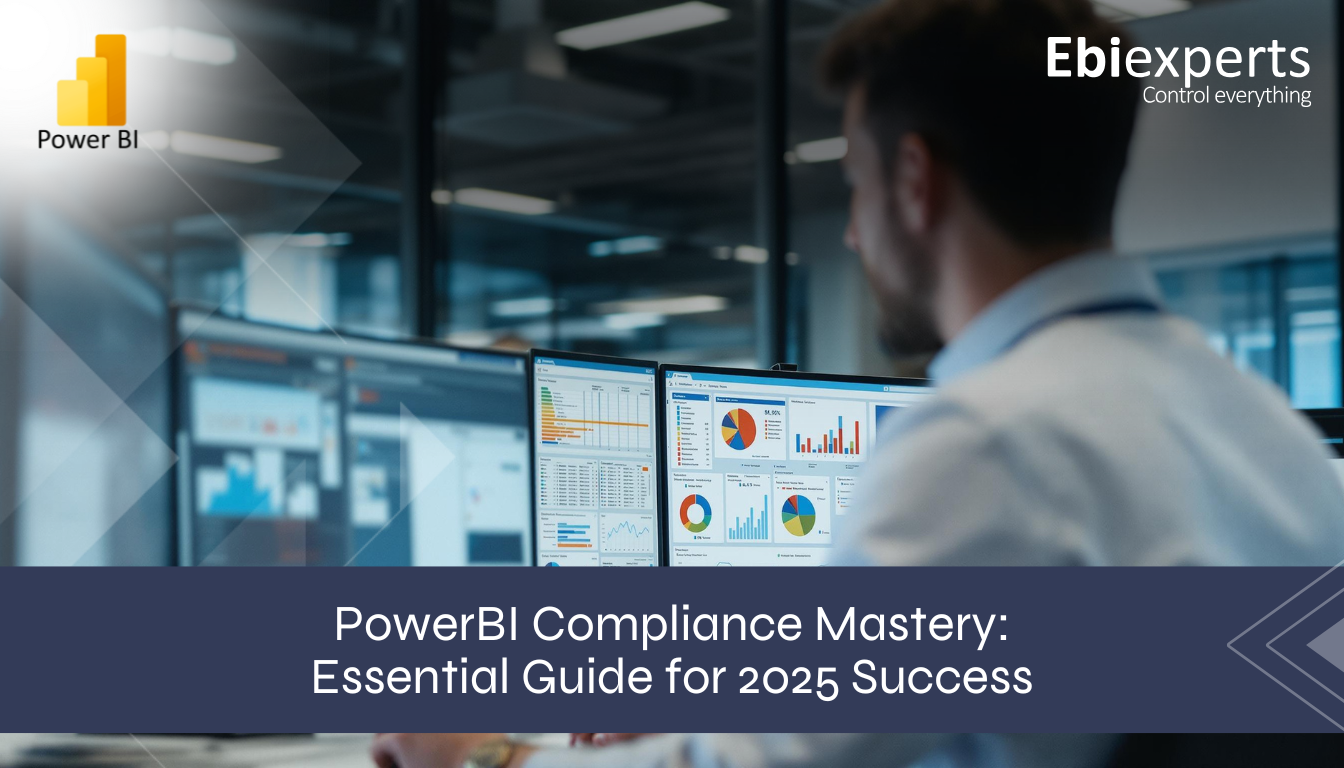Maximizing Your PowerBI ROI: A Comprehensive Guide to Cost Savings and Efficiency
Organizations investing in PowerBI seek tangible returns on their business intelligence investments. This comprehensive guide reveals proven strategies to maximize PowerBI ROI through strategic implementation, cost optimization, and efficiency gains. Learn how leading companies achieve substantial returns while avoiding common pitfalls.
Understanding PowerBI ROI Components
The true value of PowerBI extends beyond simple cost calculations. Key ROI components include:
Direct Cost Savings
- Reduced reporting time by 40-60% through automation
- Reduce PowerBI Premium license requirements
- Decreased manual data processing expenses
- Lower IT infrastructure costs via cloud deployment
- Minimized training and support requirements through intuitive interfaces
Efficiency Gains
- Faster decision-making through real-time analytics
- Improved data accuracy and reliability
- Enhanced collaboration across departments
- Streamlined workflow processes
- Reduced dependency on IT for report creation
Calculating Your PowerBI ROI
To determine your organization’s specific PowerBI ROI:
- Initial Investment Costs:
- License fees (Pro vs. Premium)
- Implementation services
- Training expenses
- Infrastructure updates
- Ongoing Operational Costs:
- Maintenance fees
- Support services
- Regular updates
- Additional storage needs
- Measurable Benefits:
- Time saved on reporting (hours × hourly rate)
- Reduced error correction costs
- Improved decision-making speed
- Enhanced productivity metrics
Maximizing ROI Through Strategic Implementation
Version Control Integration
Implementing robust version control systems like WIP Version Control for PowerBI delivers significant ROI improvements:
- No PowerBI Premium license requirement to enable comprehensive version control as WIP only requires a PowerBI Pro license.
- Centralized repository management reduces asset duplication
- Automated versioning prevents costly errors
- Streamlined collaboration reduces development time
- Enhanced security features minimize risk exposure
Data Governance Optimization
- Implement standardized data models
- Establish clear data ownership
- Create consistent naming conventions
- Deploy automated data quality checks
Performance Optimization
- Regular performance audits
- Query optimization
- Proper data modeling
- Efficient report design
Best Practices for ROI Enhancement
User Adoption Strategies
- Develop comprehensive training programs
- Create internal champions
- Establish clear usage guidelines
- Regular feedback collection
Resource Optimization
- Implement report scheduling
- Utilize incremental refresh
- Optimize dataset designs
- Deploy appropriate licensing tiers
Workflow Automation
- Automate routine reports
- Schedule data refreshes
- Deploy alert systems
- Implement automated distribution
Measuring and Tracking ROI
Key Performance Indicators
Track these metrics to measure PowerBI ROI:
- Time Savings:
- Report generation speed
- Data preparation time
- Analysis completion rates
- User Engagement:
- Active user counts
- Report utilization rates
- Self-service adoption
- Business Impact:
- Decision-making speed
- Data accuracy improvements
- Cost reductions
Advanced ROI Optimization Techniques
Enterprise-Scale Solutions
- Deploy Premium capacity effectively
- Implement row-level security
- Utilize composite models
- Enable large dataset handling
Integration Optimization
- Connect with existing systems
- Streamline data pipelines
- Automate refresh schedules
- Enable cross-platform analytics
Future-Proofing Your PowerBI Investment
Scalability Planning
- Assess growth requirements
- Plan capacity needs
- Implement flexible architectures
- Consider Premium Per User options
Innovation Integration
- Explore AI capabilities
- Implement natural language querying
- Utilize advanced analytics
- Deploy mobile solutions
Frequently Asked Questions
Q: How quickly can organizations expect to see ROI from PowerBI?
A: Most organizations observe initial ROI within 3-6 months through immediate efficiency gains and cost reductions.
Q: What’s the average ROI percentage for PowerBI implementations?
A: Organizations typically report 200-300% ROI within the first year, primarily through time savings and improved decision-making.
Q: How can small businesses maximize PowerBI ROI?
A: Small businesses should focus on quick wins through report automation, self-service analytics, and strategic license allocation.
Ready to maximize your PowerBI ROI? Book a demo with our experts to discover how WIP Version Control can enhance your PowerBI implementation: https://calendly.com/taaz/product-demo



